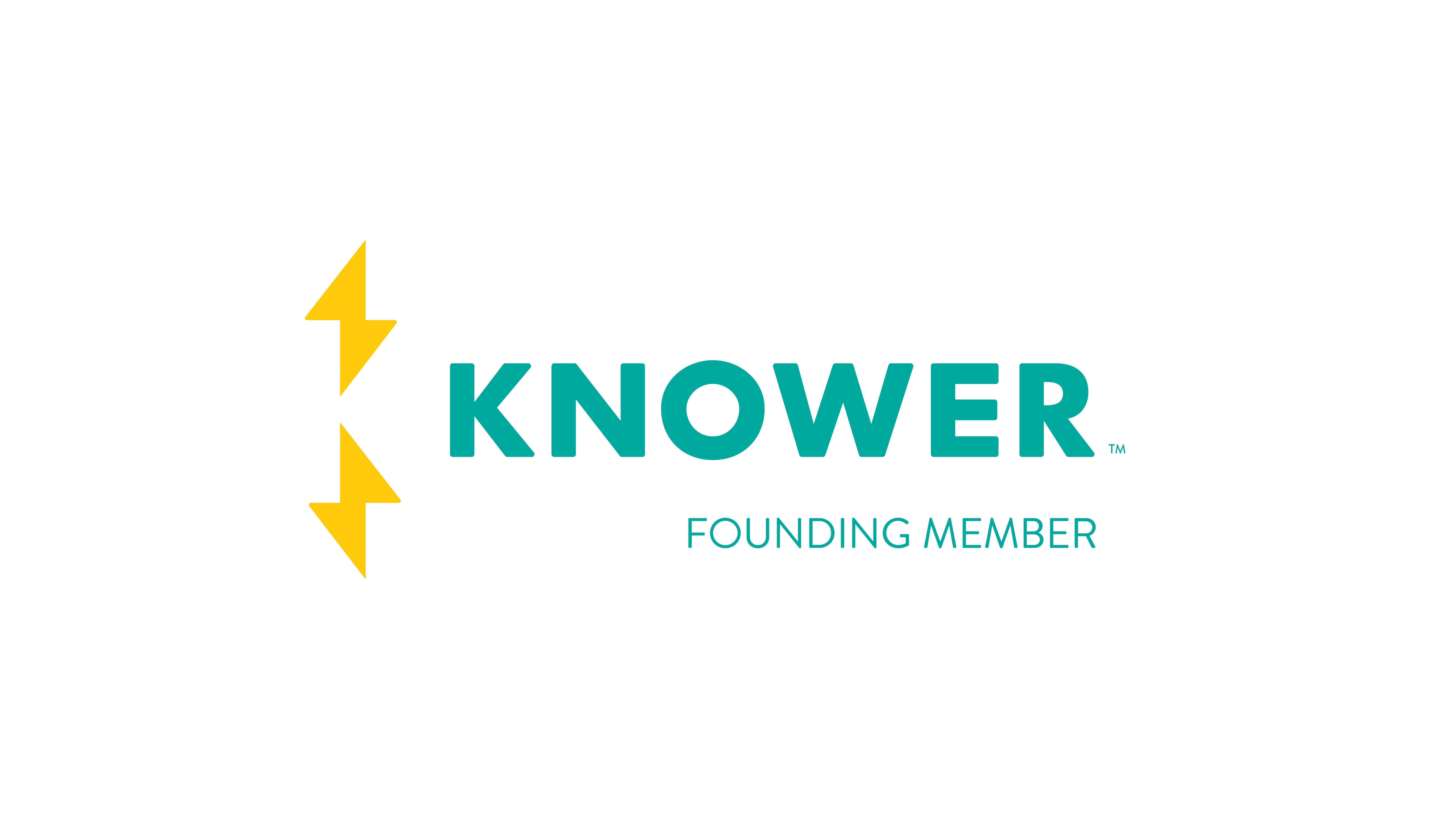Electric motors are essential to almost every industrial business. When a motor goes down, you must have the repairs done correctly and as soon as possible to minimize the financial impact on your business. This leaves owners and managers with two service or repair options for repair or replacement: In the case of repair: perform the repairs in-house or find a highly reputable electric motor service company you can trust, like Hi-Speed Industrial Service.
If you choose to perform the repairs and service yourself, we’ve outlined the entire set-up process in our recent Best Electric Motor Repair Services blog post. It covers everything you need to start, from motor specifications to parts and procedures.
In another recent blog post, we discussed the Basic Electrical Testing Tools and how to use them. Performing routine inspections and regular electric motor maintenance are the two most powerful tools for helping prevent electric motor failure.
If you don’t have the space or resources to perform electric motor maintenance services and repairs in-house, the facility team or production manager should carefully select a competent and reputable service center to keep your electric motors running at peak performance levels.
Electric Motor Service and Repair Guide
The U.S. Department of Energy’s Office of Industrial Technologies (OIT) produced a service center evaluation guide with input from trade associations, consulting companies, manufacturers, non-profit corporations, and others. You can use this guide to help you find a reputable local shop to repair or service your electric motors.
While the electric motor repair process will vary slightly depending on the size and use of the electric motor, most reputable shops follow the steps outlined below. Further, the industry association for electric motor repair shops (EASA) has also produced a technical specification that accredited shops must follow, the EASA AR100. Making sure that your shop is accredited by the industry association is also an excellent step in the shop selection process.
Inspection
A visual inspection will usually alert the service tech to the problem and the type of work required. If the windings aren’t damaged, they should be tested to determine the integrity of the wire insulation. The shaft should also be rotated to check for binding, warpage, or excessive bearing wear. The motor should be tested at full voltage with no shaft load to check for proper current levels or vibrations if the motor is still operational. The final inspection process step is to measure the winding resistance and document the inspection findings.
Dismantle the Motor
The next step is to disassemble the motor and document any internal damage. Bearings should be checked for excessive wear while recording the thrust bearing configuration. Electrical connections should be cleaned and tested for proper voltage limits. Finally, a core-loss test should be performed using a loop test or commercial tester.
Preparing the Core
Performing a core flux test will identify potential defects, including core tightness, displaced lamination teeth, and the integrity of ventilation support fingers. A core integrity check should include the following:
- Core waviness
- Cracks in the frame or between the frame and core
- Vent finger movement
- Displacement or buckling in the core joint laminations
- Wedge groove damage
- Measuring the core bolt insulation
- Evidence of core movement in the stator frame
These conditions can be corrected through grinding, etching, new insulation, or lamination grinding and re-insulating. If the core losses exceed manufacturer specifications, the core may require an overhaul or replacement. The coils can then be ordered, and the core is prepped for rewinding.
Electric Motor Windings
When diagnosing a winding failure, the following areas should be analyzed.
Failure mode typically falls into the following categories:
- Turn to turn
- Coil to coil
- Coil to ground
- Open circuit
- Phase to phase
Failure patterns can be classified as
- Symmetrical
- Non-symmetrical with grounding
- Single phasing
- Miscellaneous non-symmetrical without grounding
Appearance can provide clues to the motor’s failure. The tech should check for signs of excessive moisture, overheating, foreign materials, and missing parts.
Application includes the motor’s operating conditions and should consist of the following questions.
- Load characteristics of the driven equipment
- Cycling or pulsating loads
- Duration and frequency of run times
- Ambient temperature ranges
- Voltage levels and balance
- Signs of transient voltage conditions
- Acceleration time
Maintenance history, such as length of service, insulation cracking, or insulation deterioration, can also provide insight into the motor’s actual cause of failure.
Removing the old windings requires removing the varnish bond with chemicals, mechanical force, or both. After removing one end of the motor, it’s placed into a burn-out oven at no more than 650 F. After several hours, the stator can be removed and cooled while the windings are removed and recycled.
Rewindings
Using a special winding machine, new motor windings are made from magnetic wire with enamel insulation. Once the wire is wound into layers, it’s wrapped in tape to form a rigid coil.
Bearings
Because they are manufactured to exact specifications, bearings should be considered a precision part. Common bearing issues include excessive wear, improper installation, and lack of lubrication.
Reassembly and Final Testing
Once the motor has been reassembled, it’s connected to power and run under no load to verify the current is balanced and that any vibration is within manufacturer specifications. At this point, the motor is ready for paint and packaged for shipment back to the customer.
Remember, whatever your business needs in terms of electric motors, parts, maintenance, or repair services, the Hi-Speed Industrial Service Team is always ready to help!

